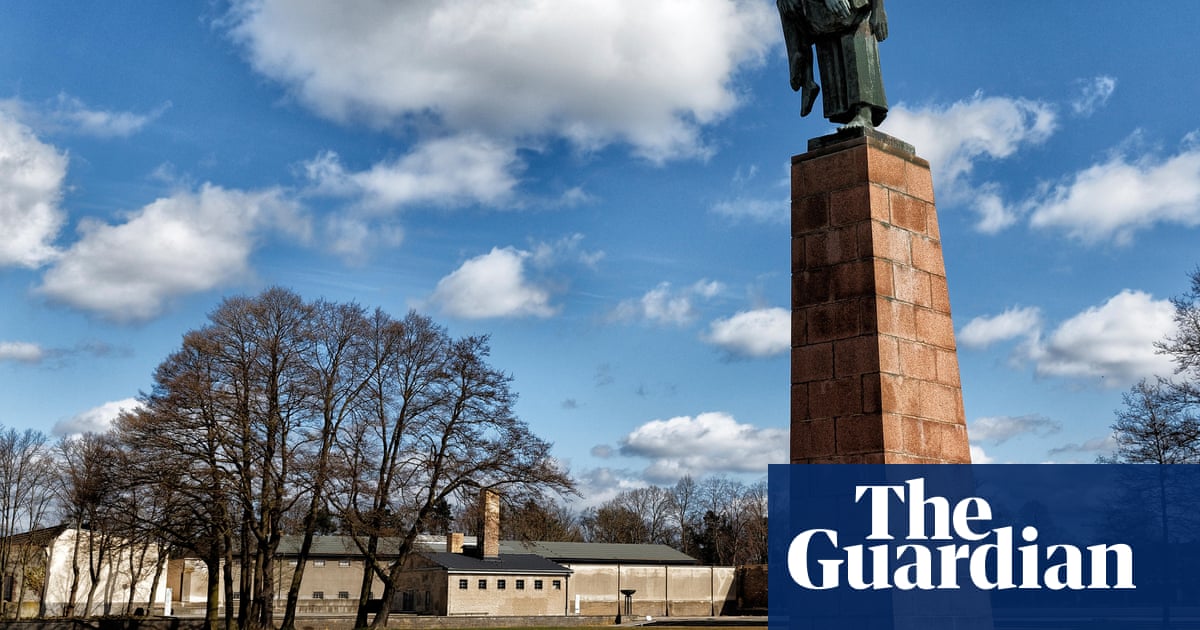
"Comtesse Germaine de Renty recounted how typical days in Ravensbruck began with stepping over the corpses of deceased friends, highlighting the horrific conditions in the camp."
"Ravensbruck camp had a credibility issue; it was liberated late with inadequate evidence of the conditions experienced by prisoners compared to other camps."
"Unlike Auschwitz and Dachau, Ravensbruck left minimal evidence in the moral imagination, as there were no photographers present when it was liberated."
"Olson focuses on French resistance members in Ravensbruck, detailing their journey from arrest to their coordinated efforts for post-war recognition and reparations."
Comtesse Germaine de Renty recalled the horrors of Ravensbruck, emphasizing grim daily realities that were often overlooked. The camp faced a credibility issue as it was liberated late, allowing for the destruction of evidence by the SS. Unlike Auschwitz and Dachau, there was limited photographic documentation of Ravensbruck's conditions, which contributed to its lesser-known status. Lynne Olson examines the experiences of French resistance members within the camp and their organized actions for recognition and reparations post-war. Ravensbruck, initially designed for fewer inmates, housed vast numbers, leading to appalling living conditions.
Read at www.theguardian.com
Unable to calculate read time
Collection
[
|
...
]